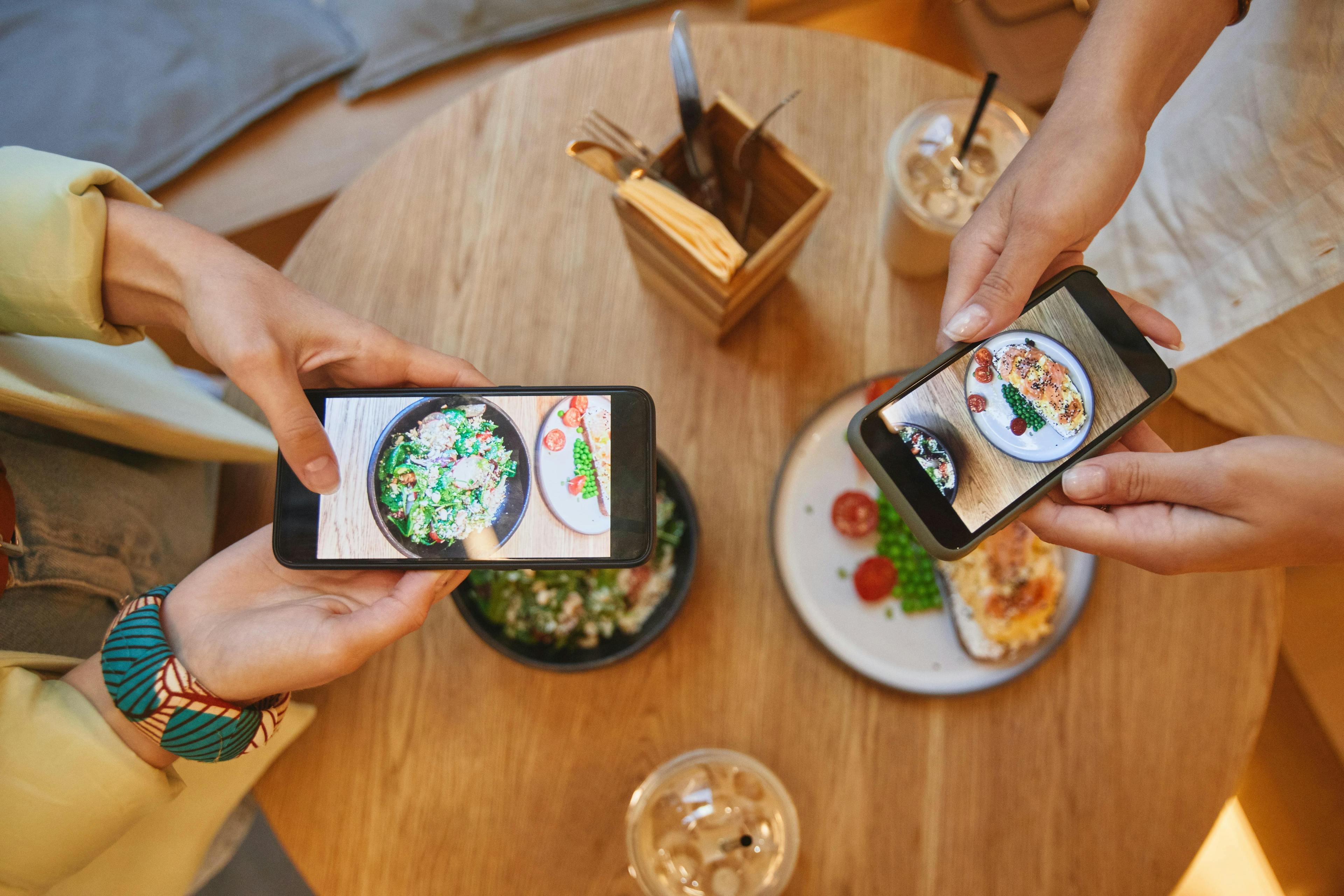
Ever wonder how influencer marketing can help your business? Here's a quick introduction on this ever-growing marketing strategy and why you should apply it to your restaurant brand.
In the fast-paced restaurant industry, exploring new marketing strategies can seem like a daunting task for business owners. That’s why we’ve boiled it down to the basics in this Influencer Marketing guide.
Imagine this: you’ve finally mastered the menu, ambiance, and delivery operations at your restaurant. Unfortunately, you’re not seeing it reflected in your customer base and daily revenue. That's because in the food business, it's not just about the food.
In a fiercely competitive field like this one, you’ll need to develop more than just specialty cuisine. With this article, you'll discover methods to capitalize on the potential of the influencer marketing industry. This $16.4 billion global market is reshaping cultural norms – and customers’ dining habits.
In this guide, we'll cover:
- What is influencer marketing?
- The basics of a digital marketing strategy
- Why is influencer marketing so relevant?
- Influencer marketing for restaurants and food retailers
- Influencers vs. creators
- How to find the right influencers
- Applying a successful influencer strategy
- Why should restaurants care about influencer marketing?

What is influencer marketing?
If you’re on social media, chances are you've encountered influencer marketing already. These days, it's hard to miss this online marketing strategy.
People have always influenced each other. How often have you tried a restaurant or new product because a friend suggested it? Influencer marketing is, essentially, the new digital age's word-of-mouth.
One strength of this rapidly-growing field is how attainable influencers are. With such a variety of influencers available, it’s easy to find someone who can fit both your business's needs and budget.
The basics of your digital marketing strategy
The power of social media today is plain to see. It's virtually impossible to overlook these channels' massive influence on our lives. That said, if you haven’t created social profiles for your restaurant yet, now’s the time. Trying to understand influencer marketing without a social presence is like preparing a meal without essential ingredients — simply in vain.
But don't worry! It's never too late to start influencer marketing, and the process is more manageable than you might think. First, you don't need to be on every social network. Start with one, develop your own processes and strategies that fit your business's reality, and grow from there. There’s plenty of time to venture into other social realms when you’re ready.
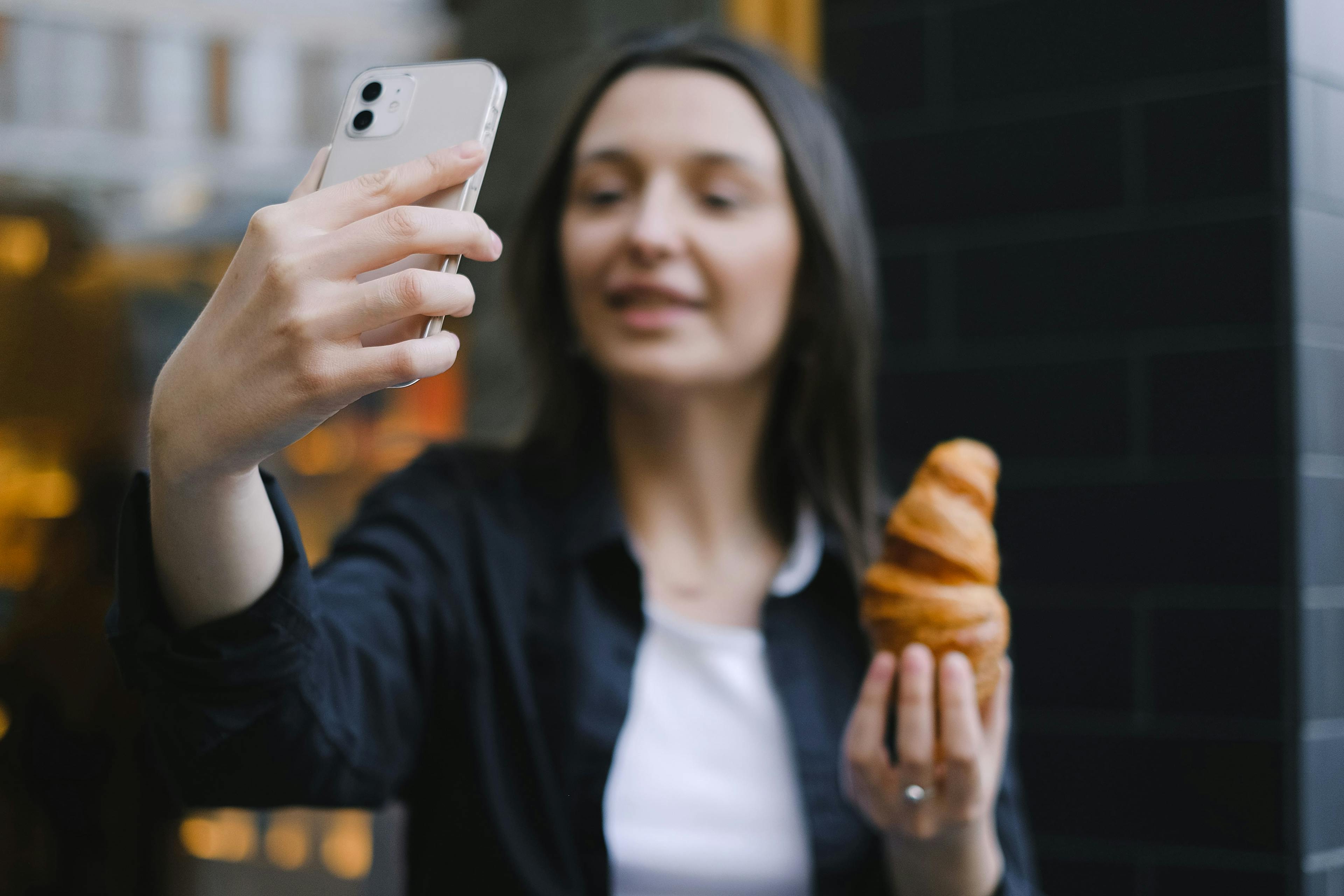
Currently, Facebook and Instagram stand as the two most popular content-sharing channels for brands and businesses. It would be wise to start out with one of the two. Let's be real, though: social media does require work. To achieve effective results, it takes more than just creating a profile. It demands the development of a consistent, creative stream of content.
Wondering what type of content you should be focusing on? What you’re working on every day – your own food! According to a recent survey, today’s consumers are heavily interested in seeing and engaging with food and beverage-related influencer content. Additionally, eaters want authentic, relatable content, so don’t worry about expensive photoshoots or flawless food.
And there you have it: your golden ticket to the influencer marketing world. Welcome!
Why should you care about influencer marketing?
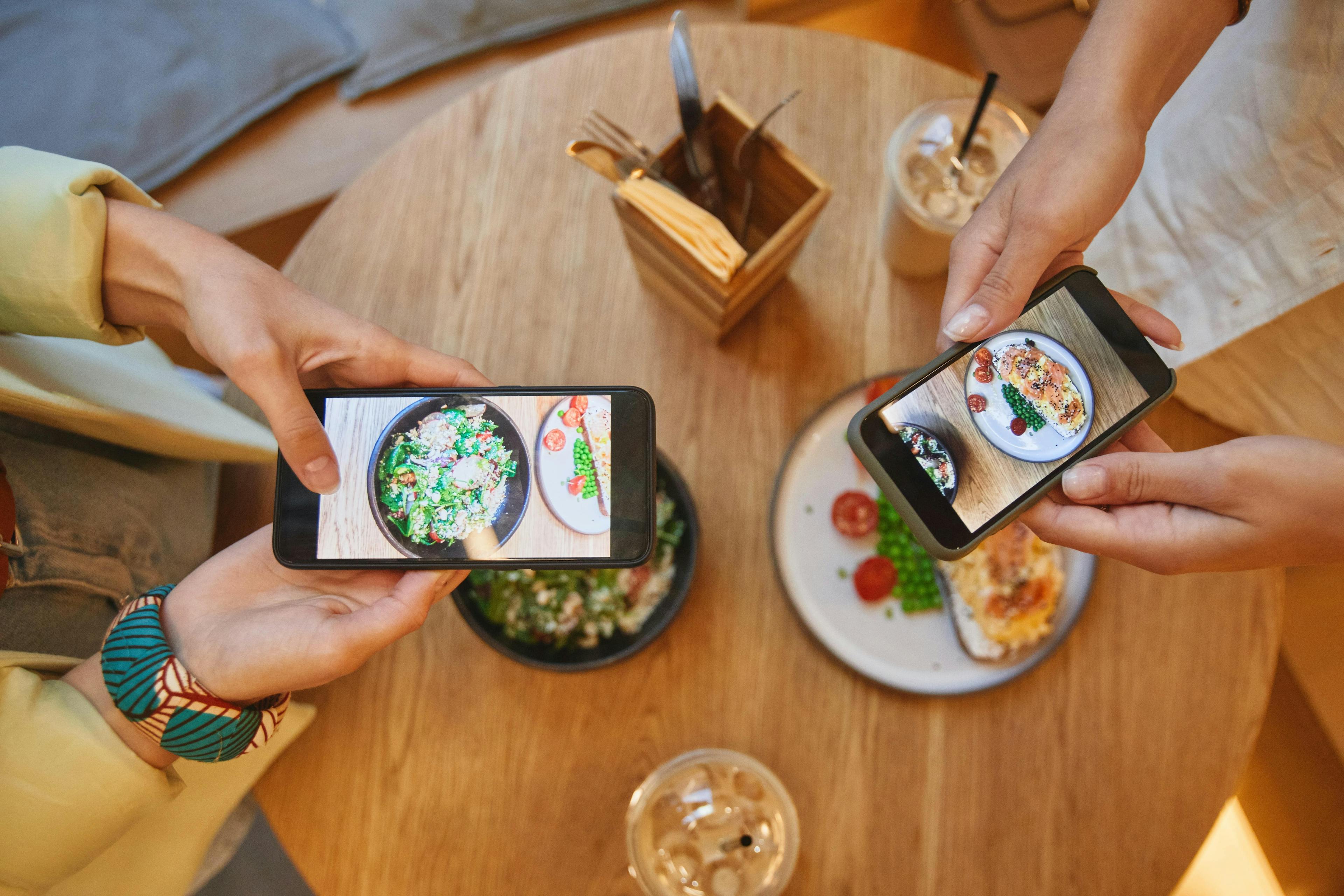
It’s hard to ignore the influencer marketing statistics. According to a study by IZEA Worldwide, 62% of customers trust influencers more than celebrities. 46% of this audience has purchased products recommended by influencers, as well. To put it simply, you should care about influencer marketing because your patrons do.
Another fascinating byproduct of collaborating with influencers is UGC, or User-Generated Content. With UGC, you can share the load of constantly coming up with fresh, engaging content for your brand’s digital channels. The content crafted by influencers and creators can and should be used on your restaurant’s social channels and ads. This material diversifies and broadens the scope of what you bring to the table.
Given users' quests for content that resonates on a personal level, a genuine partnership with influencers is paramount. These partnerships require a collaborative approach that lets influencers create content that aligns with their values – not your talking points. Of course, this is a delicate balance – after all, it's your business – but influencers know what engages their audience. With the freedom you grant them, these marketers can develop fun content that fits everyone's needs.
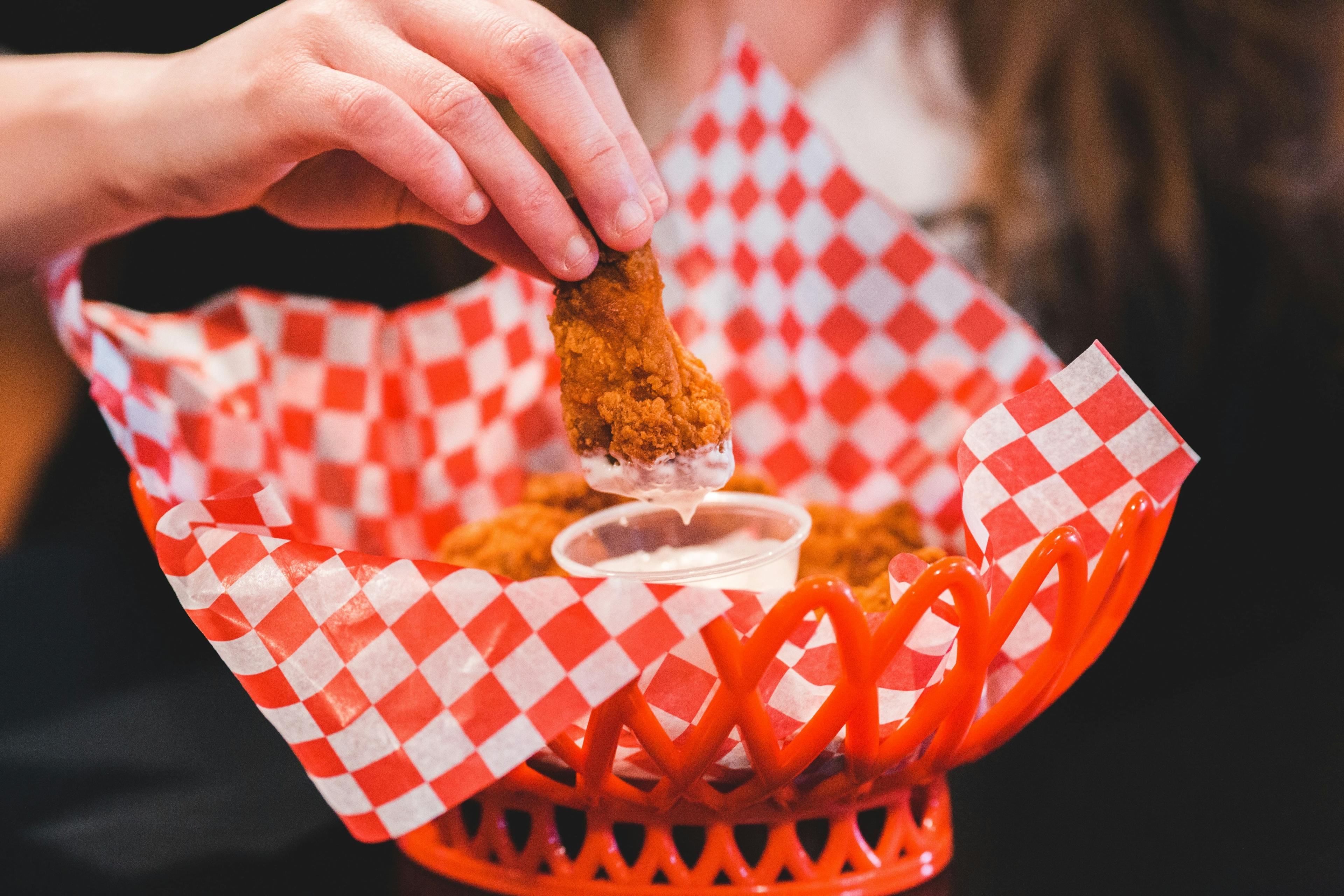
Create, relate, and be the crème de la crème
Remember how we mentioned that the food business isn’t just about food? This applies to your content, as well. In the realm of influencer marketing, creativity is your secret ingredient. Jump onto trends, try to fit into the latest food craze, and participate in viral events or challenges. Try to discover new ways to embed your brand, food, and business with what’s currently en vogue.
If you have a brick-and-mortar establishment, remember to spotlight your ambiance, team, and dining experience. Focused on delivery? Prioritize your food, convenience and brand identity. Customers search for different things when making decisions, and your aim should be to engage as many people as possible.
Now, what about influencers and creators themselves? Finding the right match for your business is crucial. It's like selecting the perfect wine to complement your dish.
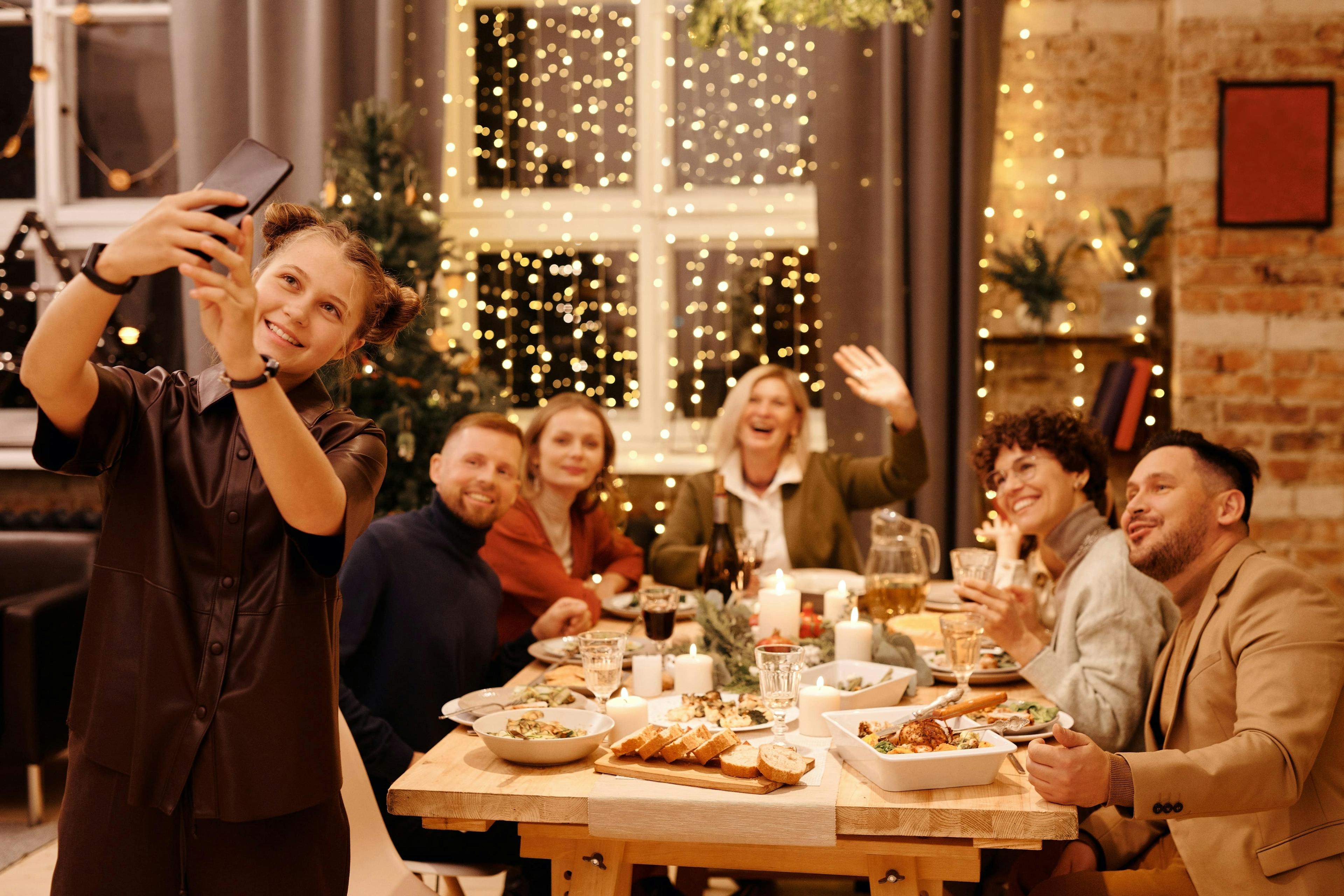
Influencers vs. Creators: An influential showdown
Let's briefly pause and clarify something upfront: influencers and creators might sound similar, but they're actually distinct entities. Both of these figures are essential to a successful influencer marketing strategy.
Influencers have that special sauce – a devoted following who hang on to their every word. Creators, on the other hand, are artists who craft content that's as delightful as your signature dessert. They each have different approaches that can be advantageous to your strategy and budget.
A recipe for choosing the right influencers
But how do you choose who to collaborate with? Obviously, the restaurant industry is not just full of big chain brands. If you’re a local, independent restaurant seeking to grow your business, here are some helpful steps for you to utilize.
1. Define your target audience
The first thing you need to look for when researching influencers is where their audience is primarily located. You don't want to be promoting your New York pizza slice to a deep-dish-loving Chicagoan, do you? If you're unsure about an influencer’s geographic reach, just ask them! They’ll be glad to tell you.
Second, you need to know your restaurant's clientele. Who exactly are they? Gen Z? Families? What do they enjoy doing? What dishes send their taste buds into a frenzy? Where do they unwind, work, and socialize? What dishes from your menu will appeal to these audiences?
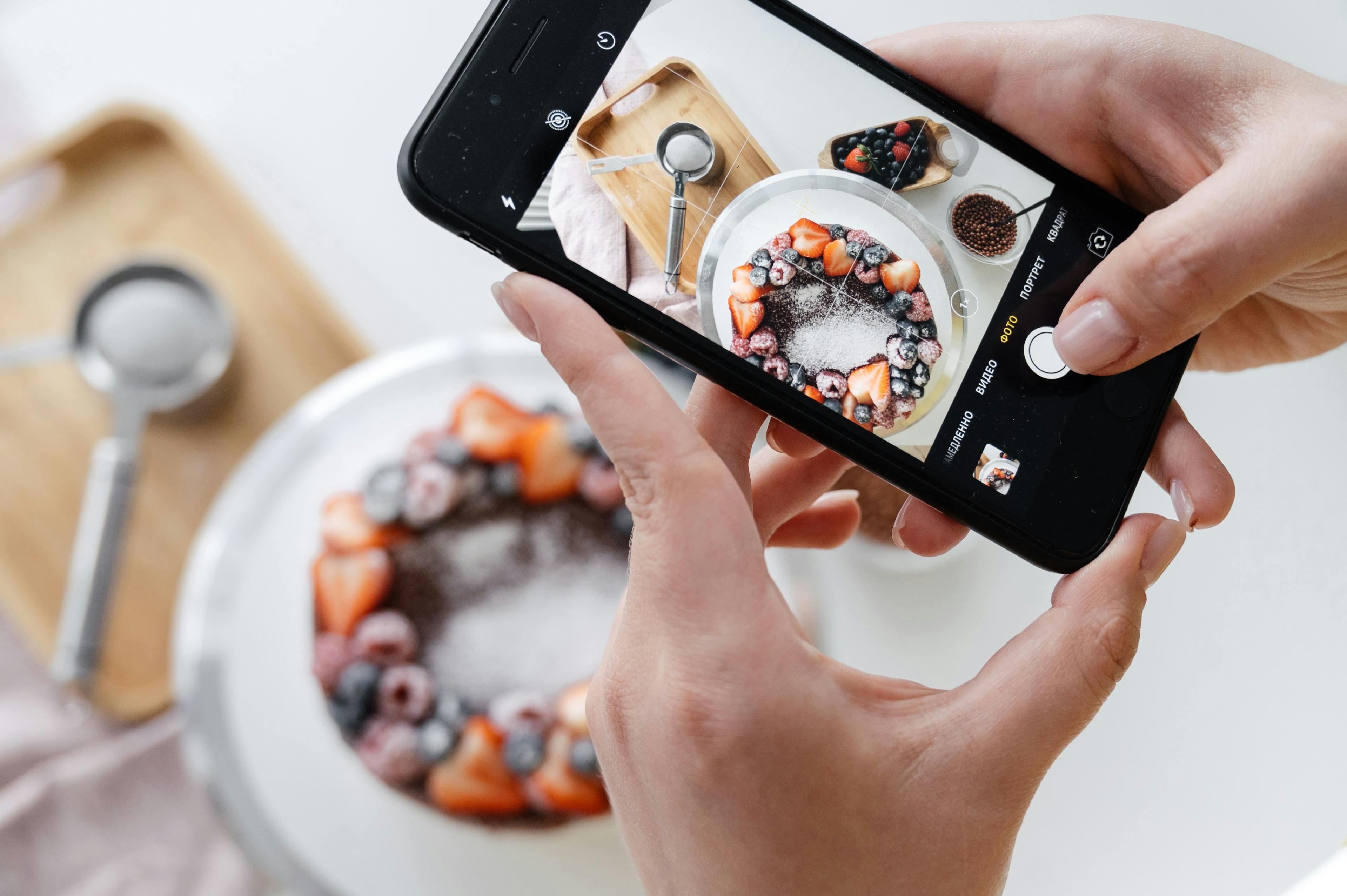
2. Choose a niche for your content
Once you've pinpointed the clientele you're aiming for, you can choose the ideal influencer to support you. Pro tip: you don't have to always focus on the same audience, or restrict yourself to current clientele. The point of trying out an influencer marketing strategy is to bring new clients into the mix. Casting a wider net might bring in fresh faces that you weren’t aware of before.
Now that you know the “Where” and “Who” of your influencer, it's time to confirm their niche. This depends on which audience you’re trying to reach. It's easy to contact foodies – they're well-versed in the industry and have experience promoting different brands. Everyone eats, but not everyone follows food influencers. So how can you reach these people? Simple: partner with tech, fashion, lifestyle or any kind of other locally-revered influencer.
All you need to do is find a way your dishes can fit best into their content style. You probably won't ask a fitness influencer to promote a massive pizza, or a vegan influencer to highlight a cheeseburger. But maybe you'll have a low-carb dish to offer fitness audiences, or a plant-based option to promote for vegan crowds.
3. Reach vs. Budget
What about the follower size of your influencer? On social media, engagement is definitely more valuable than follower numbers. It's prudent to research and directly communicate with influencers and creators about their engagement metrics and reach statistics. With this information, you can make informed decisions about content – and compensation.
Start with micro-influencers (smaller followings but top-tier engagement rates), as they’ll likely be better-suited to your restaurant’s budget. Then, move on to larger partners with broader audiences.
We know the question that’s on your mind: how much will this cost my business? That’s the beauty of influencer marketing – it’s a wide spectrum. Most influencers will promote a brand just for free products, as long as they love the business behind it.
Many influencers, especially ones who are local or smaller, may accept gifts or store credits. Negotiate with them. If this compensation aligns with your marketing budget, fabulous. If not, it's simply a matter of moving onward to fresh prospects.
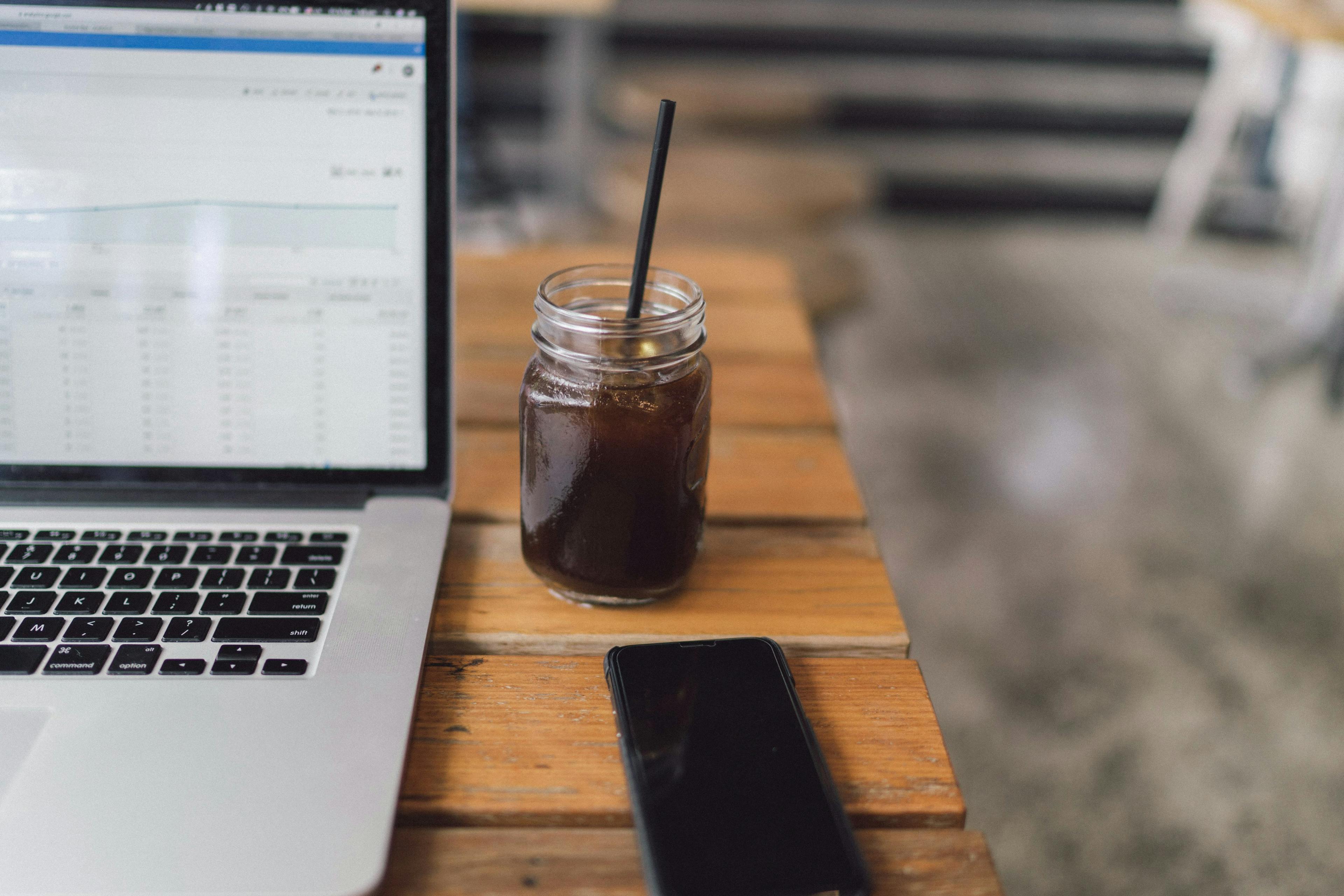
4. Expand your opportunities
Last but not least, it's crucial to negotiate interesting content that you can use across your own channels and ads. Pro tip: see if your influencer or creator is willing to do a collab post. This can bring a direct surge in awareness to your own channels.
In a nutshell, it's all about finding the perfect blend of ingredients to create a great influencer marketing strategy.

Cooking up an influencer strategy
Now that you've got your influencers and creators, let's whip up a strategy. Once you've reached out to them and agreed on content and fees, the next move is to make a calendar. If you're collaborating with multiple influencers, make sure you don't use them all on the same day. This extends your awareness period, allowing as many people as possible to learn about your brand. It also grants your kitchen the opportunity to accommodate a potential surge in demand.
It's imperative to understand the specific channel and format you'll be using. On Instagram, for instance, you should focus on Reels, as this format has a better discoverability rate than Stories. On TikTok, the consensus is still that shorter videos perform better. You'll need to align these formats with your influencers while planning your strategy and content, which might affect their fees.
Now, let's bring it all to a simmer. Provide your influencers a comprehensive brief about your brand, your menu, and anything else your potential new clients should know. Next, send them some of your food or welcome them to your restaurant, and put your creativity to the test.
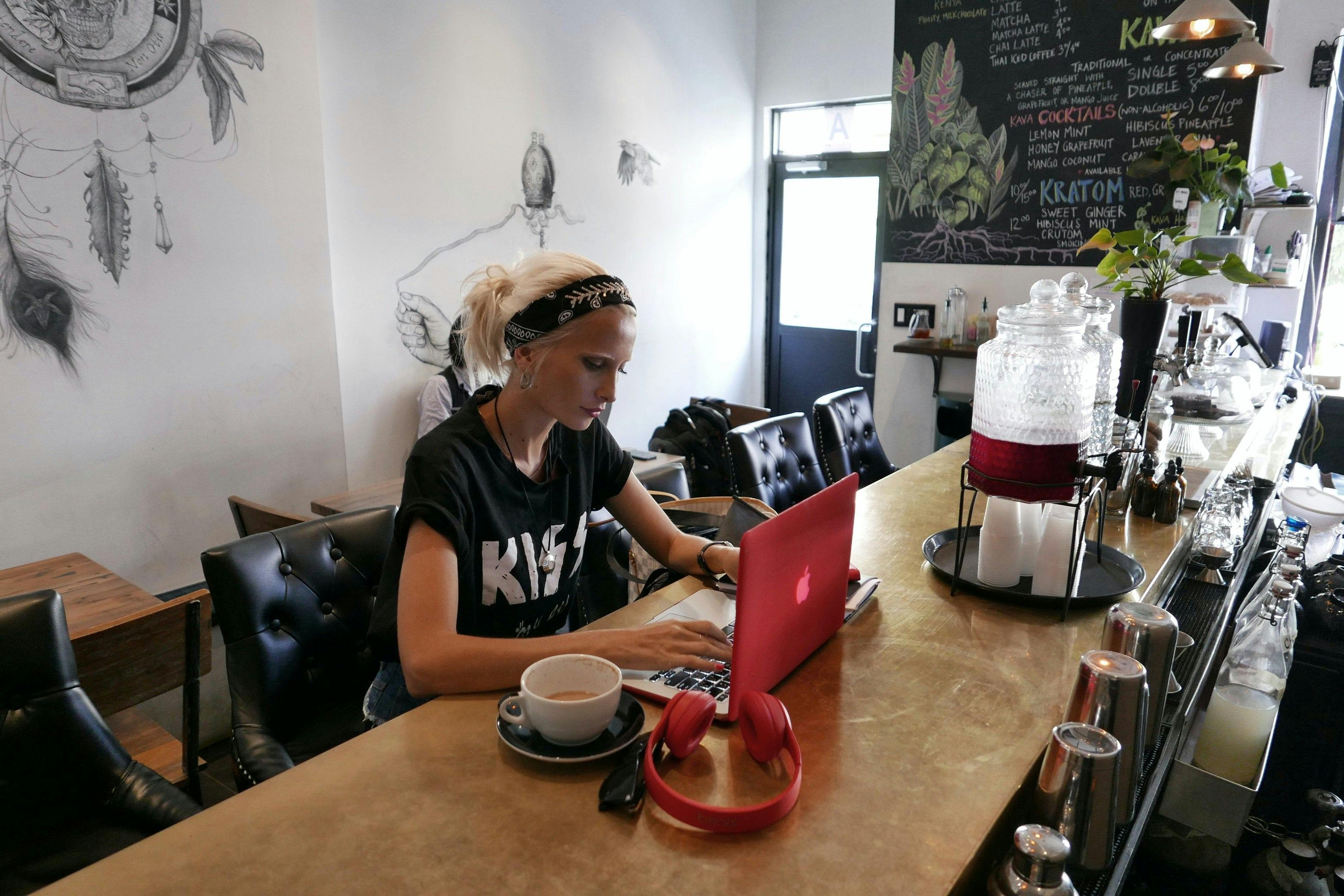
Lastly, measure your results. Make sure your social profiles are clearly tagged and visible, letting curious users learn more about your brand. After a few days, request a performance report from the influencers you’re working with so you can track your progress.
Restaurants can determine the effectiveness of their influencer marketing by including discounts or promo codes with it. The more orders are linked to those offers, the more valuable your influencer marketing is. To do this, you'll need to utilize a direct sales platform, like Direct Orders. With a system like this, you can generate discount codes easily, and ensure your influencer marketing is bringing great ROI.
You can also use UTM-tagged links to your website or direct-to-customer storefront, or create an affiliate link program. In these programs, each influencer is allocated a specific landing page that tracks their followers' journey to your storefront.
Keep in mind we're not just here to assist you with our solutions. We want to introduce you to some out-of-the-delivery-box marketing ideas that you can quickly implement for your brand.







